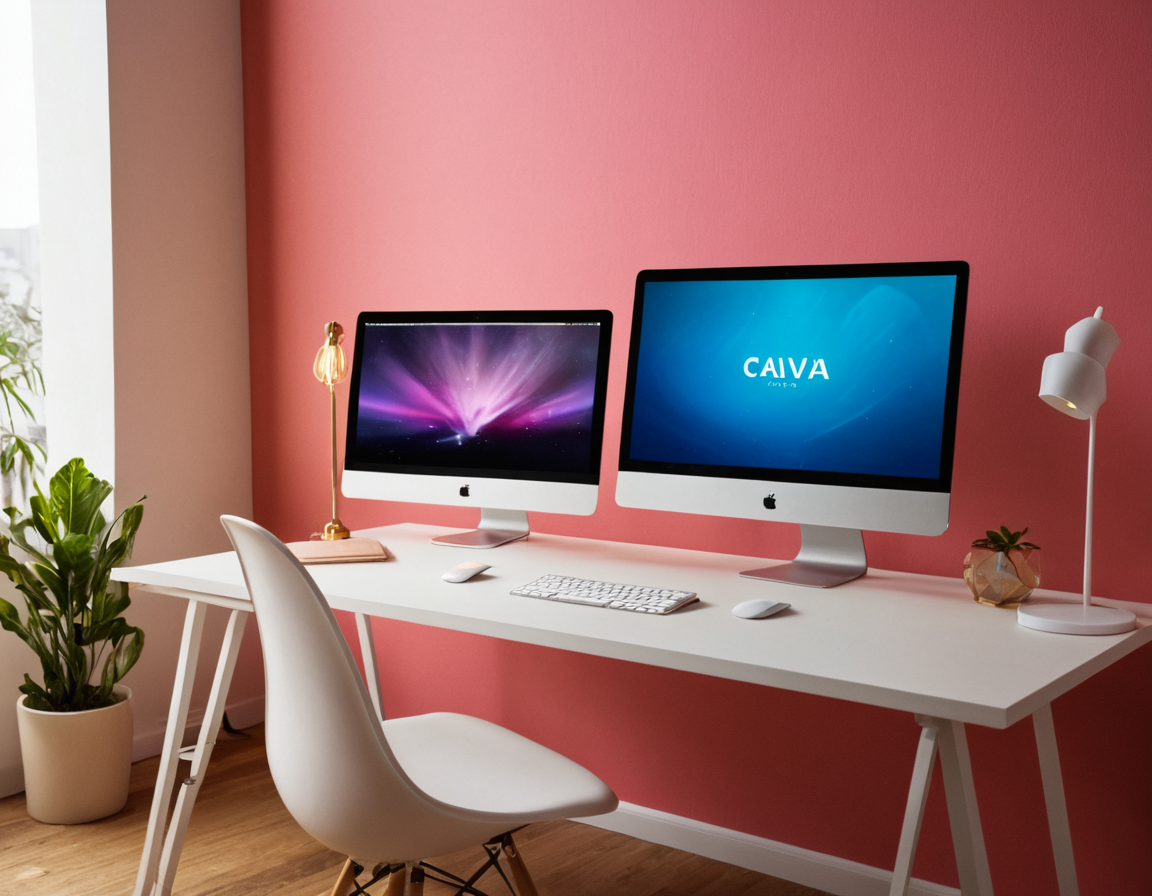Canva AI: Design Magic

Unlocking New Design Possibilities with Canva’s Integration of AI Image Generators
Introduction
Canva, a leading design platform, has recently integrated AI image generators into its arsenal. This move marks a significant turning point in the world of graphic design, as it opens up new avenues for creativity and innovation. In this article, we will delve into the implications of this integration and explore how designers can harness its potential to unlock new design possibilities.
The Role of AI in Design
AI has long been touted as a game-changer in various fields, including design. While some may view it with skepticism, the truth is that AI can be a powerful tool when used correctly. In the realm of graphic design, AI can help streamline processes, automate repetitive tasks, and even generate new ideas.
However, it’s essential to note that AI is not a replacement for human creativity. Rather, it’s a means to augment and enhance the design process. By integrating AI image generators into Canva, designers can now tap into this potential and explore new frontiers of design.
Practical Applications
So, how can designers actually utilize this technology? The answer lies in understanding the capabilities and limitations of AI image generators.
For instance, Canva’s AI-powered feature allows users to generate high-quality images with ease. This can be especially useful for clients who require rapid turnaround times or for projects where design time is limited. However, it’s crucial to remember that AI-generated images should always be reviewed and edited by a human eye to ensure they meet the desired standards.
Moreover, designers can use this technology to explore new design possibilities. By leveraging AI image generators, designers can experiment with different styles, textures, and colors without having to manually create each element from scratch.
The Ethics of AI in Design
As AI becomes more prevalent in design, it’s essential to consider the ethical implications. One of the primary concerns is the potential for AI-generated designs to be used in ways that compromise originality or intellectual property.
Designers must always prioritize authenticity and transparency when working with AI tools. This means clearly disclosing when AI-generated elements are being used and obtaining necessary permissions from clients or rights holders whenever applicable.
Conclusion
Canva’s integration of AI image generators marks a significant milestone in the world of design. While it presents new challenges and concerns, it also opens up fresh avenues for creativity and innovation.
As designers, we must approach this technology with caution and responsibility. By doing so, we can harness its potential to unlock new design possibilities while maintaining the highest standards of originality, authenticity, and ethics.
So, the question remains: what will you create with Canva’s AI-powered tools? Will you push the boundaries of design or play it safe? The choice is yours.
Would you like me to continue writing this blog post or stop here?
About Isabella Anderson
As a seasoned editor at gophotos.com, I help shape the visual narrative of innovative AI-powered image tools. With a passion for smart photography and a background in fine-tuning editing workflows, I dive into the world of AI-driven creativity, making complex concepts accessible to all.
